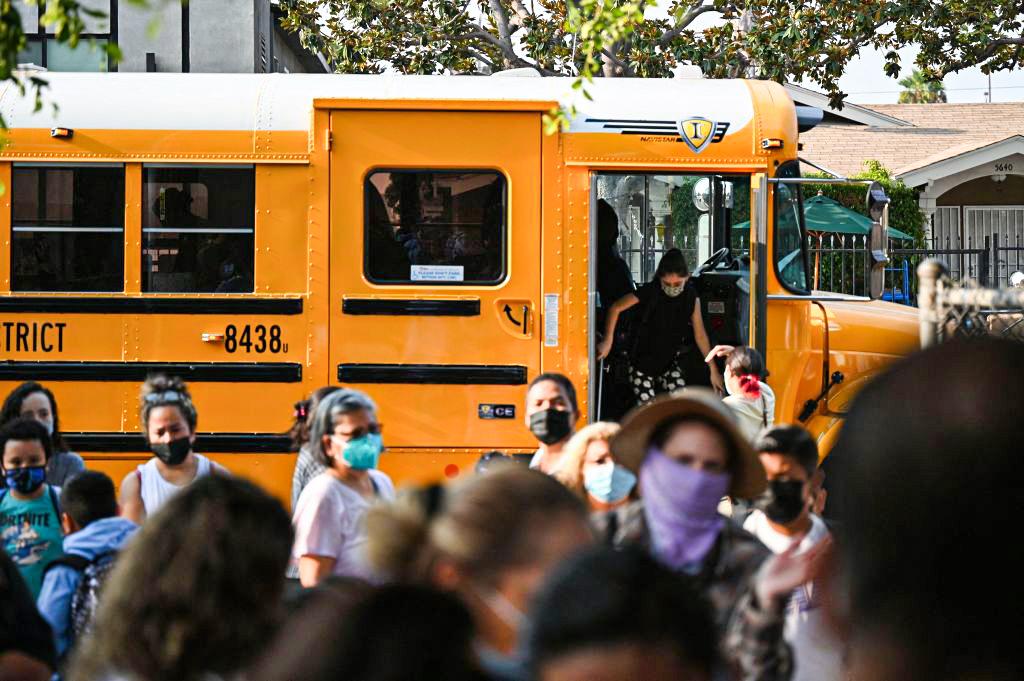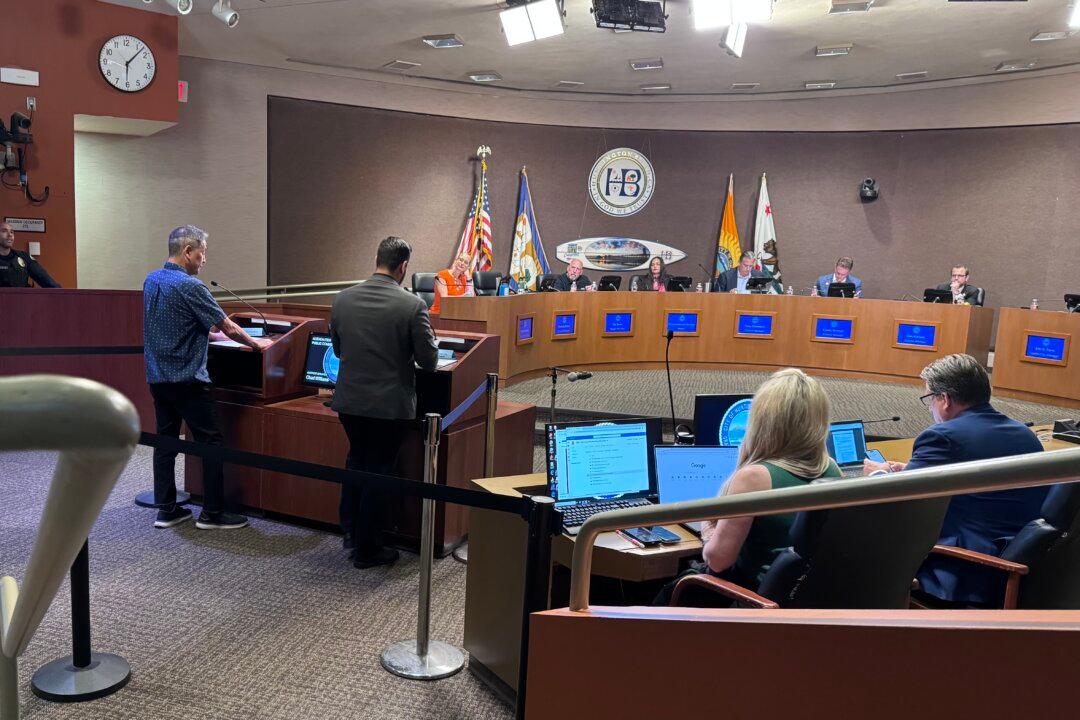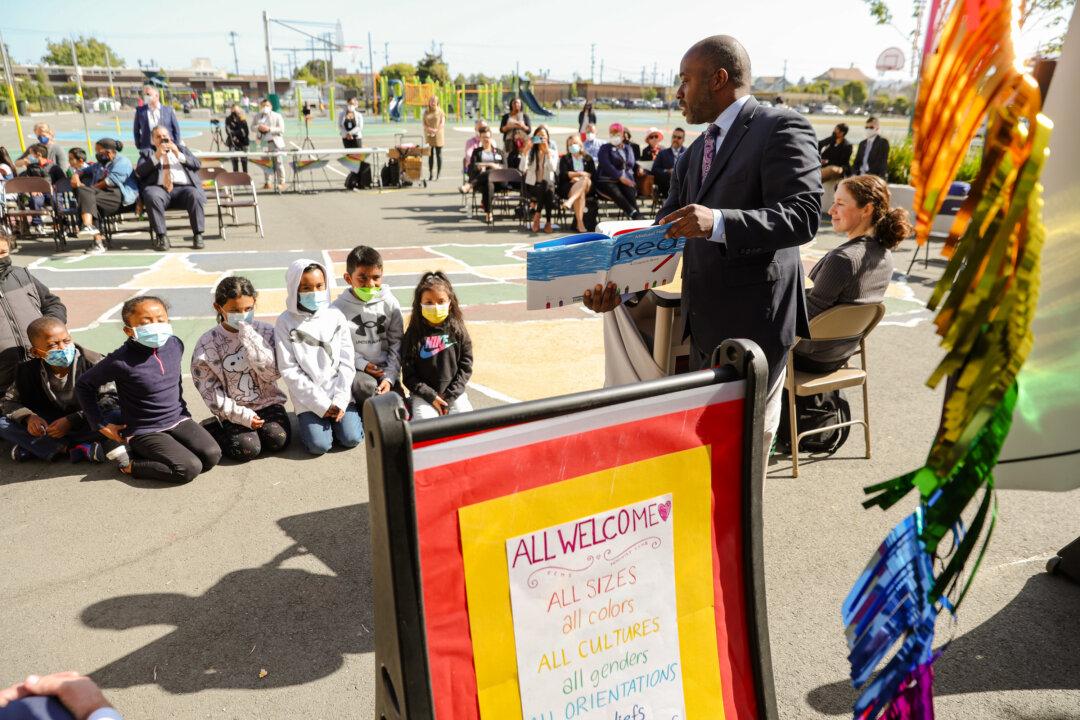Beginning this 2023-24 academic school year, all incoming Los Angeles Unified high school students must complete an ethnic studies course in order to graduate.
Currently, 170 of the district’s schools offer at least one of the 11 ethnic studies courses approved by the district—including courses in African American literature, history and studies, as well as American Indian studies, Pacific Islander studies, and Mexican American literature, poetry and history, according to an update by district officials Oct. 26 during a board meeting on curricula.





